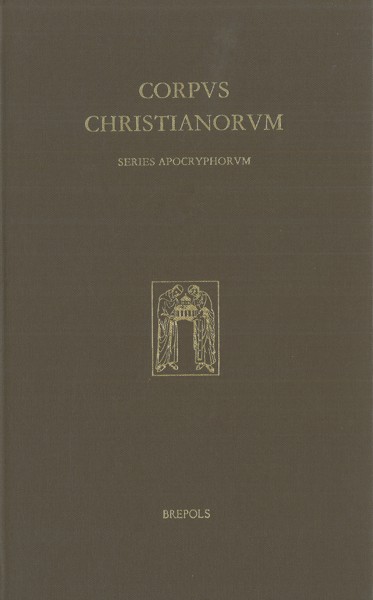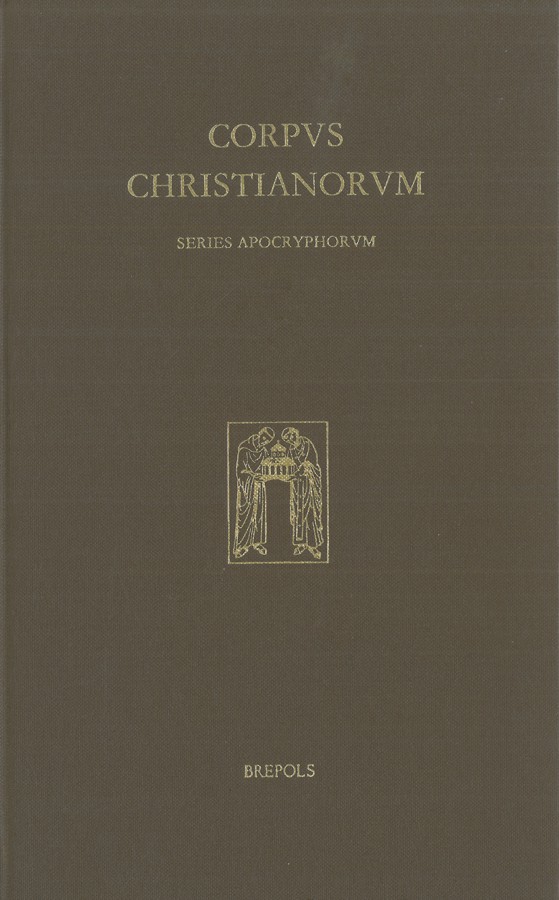
- Pages: 534 p.
- Size:155 x 245 mm
- Language(s):English
- Publication Year:2010
- € 290,00 EXCL. VAT RETAIL PRICE
- ISBN: 978-2-503-53075-8
- Hardback
- Available
"Carey provides painstaking literary and source analysis." (Sean P. Kealy, in: The Catholic Biblical Quarterly 73, 2011, p. 613)
"Formellement, ce volume est d'une rigueur et d'une profondeur scientifique exemplaires, telles que nous pouvions l'attendre de [Carey] et de la collection "Corpus Christianorum" des éditions Brepols." (Charlotte Touati, dans: Études théologiques et religieuses, 2012/4, p. 536-538)
"Inevitably, such a text poses great challenges for any editor, but John Carey has met them in masterly fashion. (...) Its medieval author's learning has now found its modern-day match in the wide-ranging learning and erudition with which John Carey has successfully disentangled its manifold textual, philological, and doctrinal intricacies as well as its complex development and creative use of sources." (Erich Poppe, in: Cambrian Medieval Celtic Studies, 61, Summer 2011, p. 91-93)
The present publication presents the edition of an Irish treatise on the universe, composed in the ninth or tenth century. This work, which purportedly records a revelation of the mysteries of the cosmos uttered in angelic language by the soul of the apostle Philip, is characterized by the vividness of its imagery and the rich diversity of its content. Besides providing the most conservative version of the text, preserved in the Book of Lismore, the book supplies on facing pages a full critical edition of the second recension, found in four further manuscripts. Both versions are accompanied by translation. An introduction traces the text’s transmission from the time of its composition down to the final flowering of the Irish scribal tradition in the eighteenth and nineteenth centuries; undertakes to identify its sources in earlier apocalyptic and cosmological literature; and subjects it to an in-depth linguistic analysis in order to place the question of its date in a clearer light. Individual aspects of the work’s content are discussed in an extended commentary, while matters of specifically philological interest are covered in a section of textual notes.
The author is a Statutory Lecturer in the Department of Early and Medieval Irish, University College Cork, and has written extensively on many aspects of medieval Irish literature.





